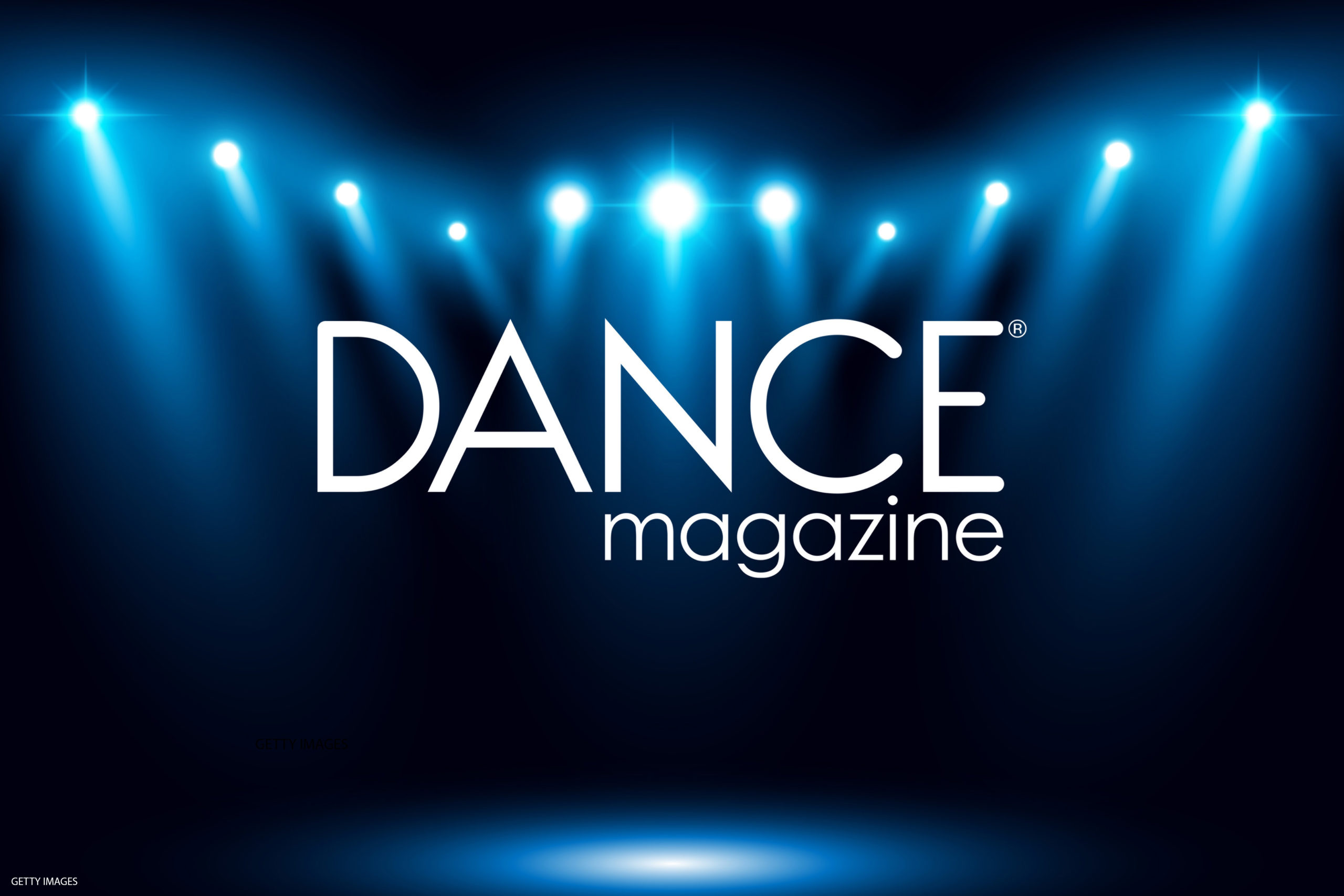Terese Capucilli
When Terese Capucilli demonstrates a Graham contraction, it’s as if all the air in the room is sucked into her C-curve. A linchpin of the Martha Graham Dance Company for 26 years, Capucilli carries on the legacy of the mother of modern dance as a teacher of Graham technique. Through vivid imagery, she urges dancers to get to their core, then go a bit farther. Graham technique, she says, is always about going deeper.
Born in Syracuse, NY, Capucilli studied at SUNY Purchase with Carol Fried and Kazuko Hirabayashi before attending the Graham school to study with Gertrude Shurr, Linda Hodes, and Graham herself. As a principal in the company, she illuminated Graham’s lead roles, from the maddened Medea in Cave of the Heart to the young, wistful Bride in Appalachian Spring. She was co-artistic director of the company with Christine Dakin from 2002 to 2005. A 2001 Dance Magazine Award recipient, Capucilli now performs with Buglisi Dance Theater and teaches at Juilliard, where Emily Macel spoke with her recently.
Tell me about taking class with Martha Graham. What did you learn from her, and how do you transmit that to your students?
In this day and age, where life is so fast-paced, we tend to lose the sensitivity that human beings innately have. I learned this sensitivity working with Martha, and I try to pass that down. When students are learning, they want to move quickly and don’t see the process as a wonderful challenge. Working with simplicity, and enjoying the challenges of that, can give dancers a heightened awareness of themselves as artists. But it begins in the studio with the patience to repeat movements over and over again.
How are Graham classes beneficial for dancers today?
Graham technique generates movement through the very core of one’s being, something that can be taken anywhere along the dancer’s path. I tell my students, whether you choose to become a Graham dancer or you never do a Graham ballet in your life, you’re going to use the strength you’ve developed through your pelvis and spine.
The Graham contraction is such a crucial part of the technique. What is a contraction?
A contraction is the most beautiful, passionate, vulnerable, and innately expressive movement known to humanity! A cry, a laugh, a gasp finds the body in and out of a contracted state. Martha codified this involuntary movement of the body to bring dance closer to the depth of expression known to all mankind.
In a technical sense, a contraction is the lengthening of the spine into a curve while the front of the body is shortened. The front of the hip bones move in such a way that their energy comes under the rib cage and out through the mouth like an incredible fountain. But you can have a contraction only if you have an awareness of the front and the back of the body. Dancers often think they’re contracting when they’re actually dropping all their weight into the pelvis and diminishing their height. The misconception is that you’re shortening the body; in fact, it’s rising ecstatically.
Tell me about the cupped hands in Graham technique and how they tie in to contractions.
The cupped hands are a stylistic element; they bring an awareness to the feeling of the stigmata in the center of the hands and the bones pressing away from the heart. Martha spoke about the heels of the hands much like the heels of the feet, creating a similar opposition with the front of the body. In a walk, the heel of the foot can press away from the pubic bone and center of the body to deepen the contraction, which would ultimately happen in a standing attitude front, flexed. We work with the hands in that same way.
Are the technique classes at Juilliard different from those at the Graham school?
The technique is codified so that no matter where you study it, the class structure should be the same. But every teacher teaches differently. I talk about my approach as coming from a very core place in the body. I want my students to be expressive through the technique, as opposed to mechanical.
How do you help students deepen their spirals and contractions?
I’m a very hands-on person, and I think touch is wonderful for dancers to feel. If a student is missing one side of the back in a spiral, I can gently move them through it so they can feel the energy start to permeate the space above their head. I also try to bring them past the four walls they’re sitting within—bring something real to them—so they can begin to work creatively in an imagistic way. For instance, in the “pleading” (the contraction lying on the back), I might talk about the feeling of the pietà, the vulnerability in the sternum and the heart. Images were extremely important to Martha.
What do you learn from your students?
When students have a hunger for learning, a desire to take risks, that’s where I’m most fed. Martha was always so incredible, working 150 percent. I had to come neck to neck with her on that, and I demand the same from my students. I tell them, “I’ll give you all I have to give, but I have to see your desire for learning.” When they give that to me, the work we do together can be phenomenal.
Photo by Martha Swope,
DM Archives.




